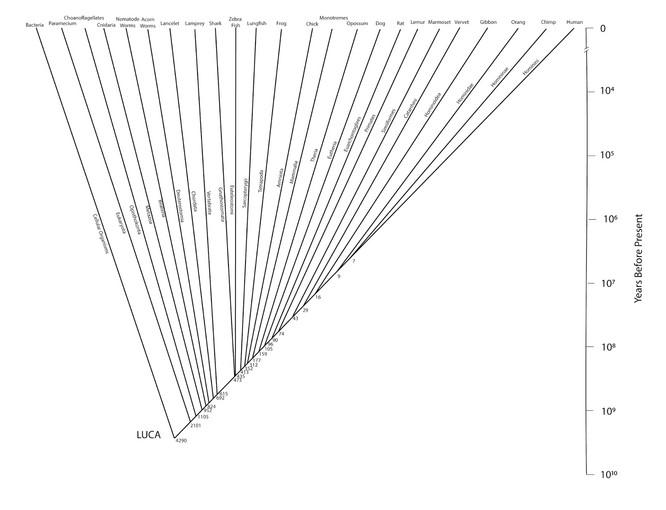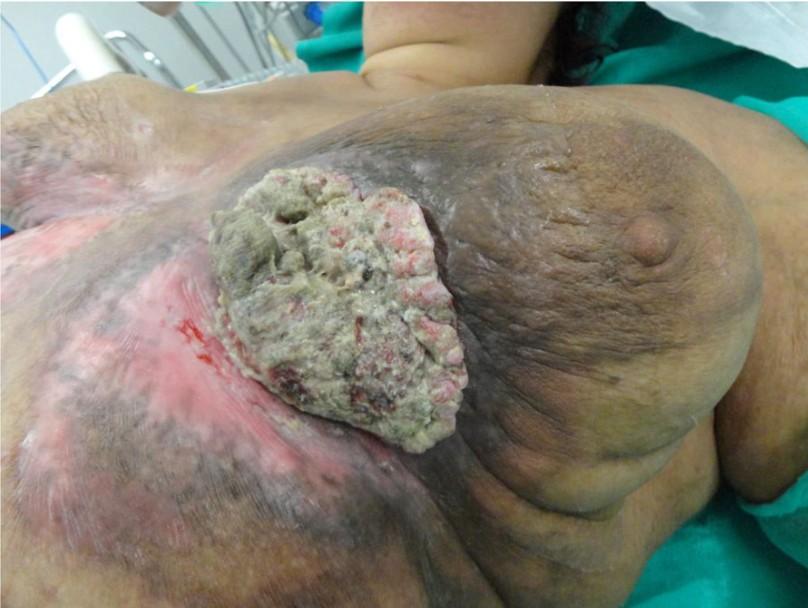Moderators:
Nicole Bender, M.D., Ph.D.
University of Zurich, Institute of Evolutionary Medicine
Noel T. Boaz , Ph.D., M.D. (Organizer)
ICSM Center for Evolutionary Medicine

Robert L. Chevalier, M.D.
University of Virginia, Department of Pediatrics
Elizabeth Uhl, D.V.M., Ph.D.
University of Georgia, College of Veterinary Medicine
ISEMPH 2023 WORKSHOP ON NIVEAU DIAGNOSIS

ACCESS THE CASE WORKSHEETS AND HANDOUTS:

https://drive.google.com/file/d/1Ig3cOkFvR_TdWvwnSgg9Bdv2m6IrSnN/view?usp=drive_link

Supporting Documentation
Ho2: Tinbergen Ho3: Gluckman, et al. Ho4: O’Rahilly & Müller
Ho5: Boaz
Ho6: Timetree.org

H.s. Phylogeny


Ho7: Gibson
Ws2: Niveau Adaptations by System Ws3: Niveau Diagnosis Table













ISEMPH 2023 Workshop on Niveau Diagnosis CASE 1: WOMAN WITH THORACIC TUMOR https://drive.google.com/file/d/1Ig3cOkFvR_TdWvwnSgg9Bdv2m6IrSnN/view?usp=drive_link ACCESS THE CASE WORKSHEETS AND HANDOUTS: On microscopic examination, a well-differentiated invasive squamous cell carcinoma is identified Misiakos et al. Journal of Medical Case Reports (2017) 11:136 DOI 10.1186/s13256-017-1281-8
HANDOUT #5: Match your clade and extant/model organism with the corresponding evolutionary level












X
Evaluate hypothetical evolutionary levels at which pathological mechanisms may have operated as evidenced by data on extant , e.g. model or related organisms with homologous adaptations. Check all applicable clades in the top row of boxes.

HANDOUT #6:
https://na1.documents.adobe.com/public/esignWidget?wid=CBFCIBAA3AAABLblqZ






hCCIEuUxvAVslnBssQ6F6rugdIGHIloTeIY2RKp5NYFZgdF0S0rwKHoKUBG7K84XP0






Worksheet #2: Niveau Diagnosis
Integument
Melanic skin co-evolves with hairlessness in tropics to prevent UV damage to folate; Low melanin for VitD Hair density decreases with thermoregulatory sweating
Stratified epithelium; surface ectoderm; basal epidermal stem cells; mechano-, thermo-, and nociceptors; hair, nails, teeth, and glands

Stratum corneum; keratin epidermal scales; alpha and beta keratogens
Integument simple epithelium; lipid epicuticle; collaginous cuticle; embedded torch neurons
Cell adhesion receptors; extracellular matrix domain; Signal transduction TyrK
Cell adhesion; cell-cell communication; SH2 and PTP cell signalling
Enter the system(s) affected by your patient’s pathology (at top right). Use Handout # 06 to establish the phylogenetic level(s) of the adaptation(s) affected and using Handout #5 enter the adaptation(s) in the appropriate row. This exercise uses an Evolutionary Timeline for your taxon (Homo sapiens or another species) derivable from Timetree.org.

Worksheet #3 Squamous
Mismatch of skin melanin with high insolation; Folate/Vit. D tradeoff; Dysfunctional social bonds maintaining health

Chemotherapy (refused); Surgical excision

--

Anti-IL12p40 mAb therapy)

Sunscreen; protective clothing
Radiation/chemo Tx
Physician oversight
cell carcinoma of the skin, nonmetastatic; Psoriasis Integument 3/5/9/ 15-17 2/20/
Fetal UV exposure causing cutaneous DNA damage and keratization, associated with psoriatic inflammation; [secondary to psychiatric disturbance]
Invitation to Contribute - MDPI Special Issue

Ontophylogenetic Morphophysiology and Evolutionary Medicine
Ontophylogenetic Morphophysiology

A plethora of descriptive anatomy, both human and comparative, has been accumulated over the past several centuries. Relatively little of this vast reservoir of anatomical scholarship has been integrated into a modern ontophylogenetic hypothetical narrative. The ability to establish genomic homology of structures across species and the capability to chronologically order adaptations that characterize evolving organisms through time have made it possible to construct a grand narrative of human evolution writ large. This view of human origins is not restricted to the traditional domain of anthropology but can serve to localize humans’ place in nature far beyond the limit of the Order Primates and more precisely than ever before. Additionally, the wider array of disciplines now contributing to this new integrative biology has broadened the scope of what used to be a primarily anatomical and paleontological interpretation of structural evolution into one which speaks to functional change in the physiological and biochemical realms as well. Descriptive of this new field is the composite term “morphophysiology.”
Evolutionary Medicine
A refined, more detailed, and more empirical evolutionary and developmental understanding of human structure and function provides a new and promising foundation for developing a comprehensive and generally applicable Evolutionary Medicine. This applied field aspires to place the diagnosis of illness, pathology, or disease on a firm scientific basis with the goal of bettering global health and wellness. Many clinical entities which beset humanity are classified as associations or syndromes, recognized by signs and symptoms but without clear etiologies. Others are simply termed “idiopathic” (or agnogenic) - of no known cause. An inability to pinpoint the cause of pathology is anathema to medicine (Boaz 2021, Fig. 6). Yet, Western Medicine’s avowed adherence to its scientific foundations belies a remarkable dearth of hypotheses advanced to explain many common maladies. A diachronic evolutionary research perspective can be used to generate and test hypotheses to explicate heretofore idiopathic pathologies. This empirical intersecting approach will lead to more clinical research examining disease through an evolutionary lens and foster more effective therapies. Contact:
noeltboaz@integrativemedsci.org





























